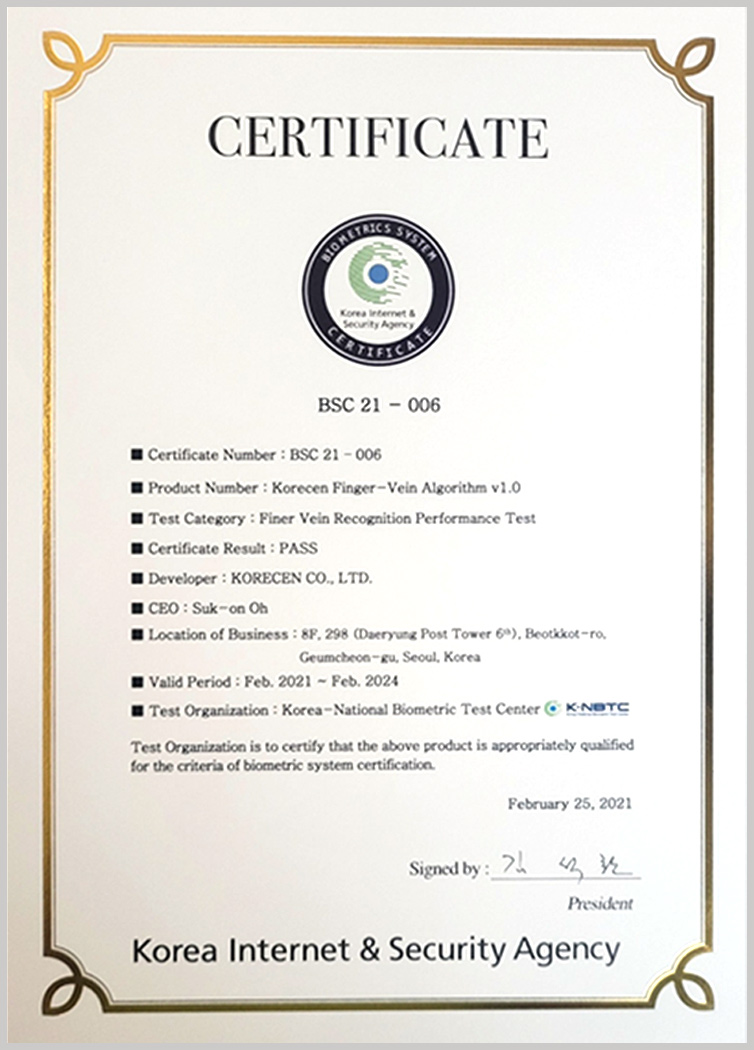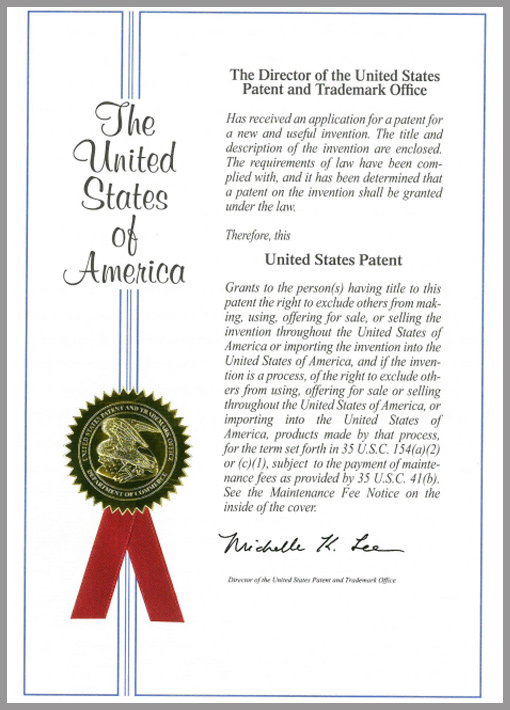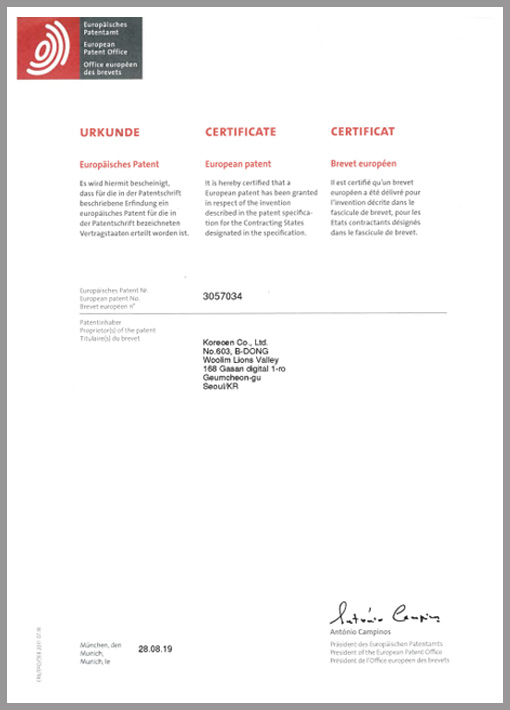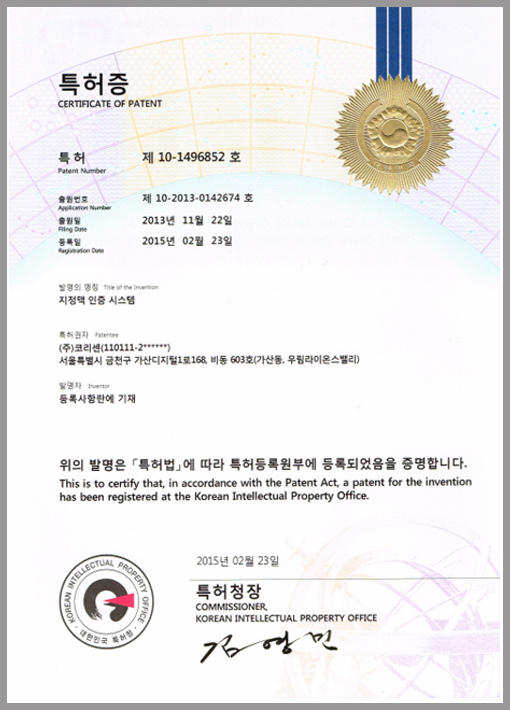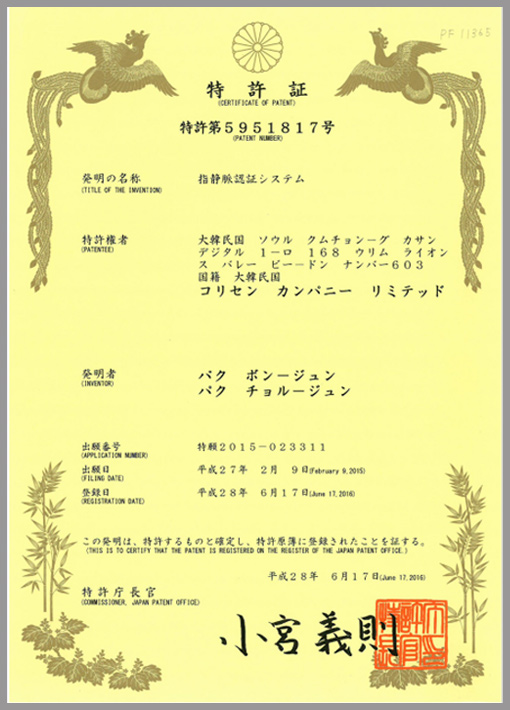
Finger Vein Authentication as a solution
Identity verification has become an integral part of people’s daily life. It is needed when we log into computers or electronic accounts, use ATMs (Automated Teller Machines), and get entrance permission to a bank or an area. There are many ways to verify someone’s identity. The usage of a password or fingerprints is the most popular, but it tends to be obsolete due to some problems to be solved. Finger vein recognition is a relatively new method of biometric authentication. It matches the vascular pattern in an individual’s finger to previously obtained data. Finger vein authentication is replacing existing methods such as a password or fingerprints since it offers a higher level of security. The technology is currently in use or development for a wide variety of applications, including credit card authentication, automobile security, employee time and attendance tracking, computer and network authentication, end point security and automated teller machines.
Finger vein authentication is considered as a possible solution to the threat of hacks and cyber-attacks.
Features of Finger Vein Authentication
Vein-X Finger Vein Authentication
Finger Vein Authentication was developed and patented by eTunnel Inc.:
United States Patent, European Patent (3057034), Japan Patent (5951817), and Korea Patent (10-1496852).
Features of Vein-X Finger Vein Authentication
- 99% of accuracy (FRR=0.01%, FAR=0.0001%, 100% of accuracy can be reached by retry)
- Able to accurately recognize the identical vein patterns in spite of the different posture and position of fingers
- Solved the problem of tracking errors occurring under uneven illumination
- Can be used outdoors (20,000 lux) – the existing method only works below 3,000 lux
- Works at -20℃ to 60℃- the existing method only works at 5℃ to 35℃
- Fast processing less than a second
- Each person can use 8 fingers for authentication - 3 patterns(top, downside, side) per finger, total 24 patterns can be used





